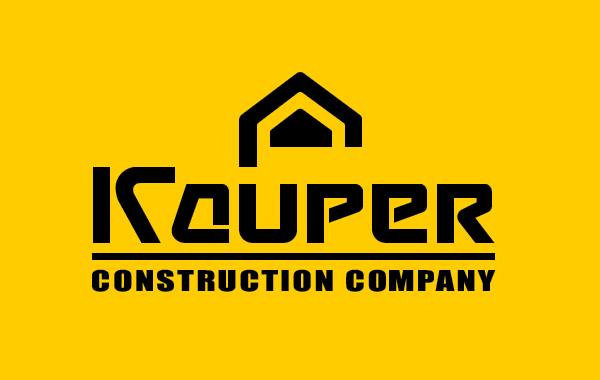Key Stages of Commercial Space Renovation: From Planning to Handover

Renovating commercial spaces is a complex, multi-step process that requires careful planning and execution. Effective project management impacts not only the quality of work but also the timelines and budget. Let's explore the key stages of commercial space renovation to better understand this process.
1. Planning and Preparation
Assessing Needs and Requirements
The first step in renovating a commercial space is assessing the client's needs and requirements for the future space. It's important to understand what functional areas will be needed, the preferred interior style, and any budget constraints.

Conducting a Technical Survey
A technical survey of the space includes checking the condition of the building structures, engineering networks, and communications. This helps identify potential problems and avoid surprises during the renovation.
Creating a Project Plan
Based on the gathered information, a renovation project plan is created. The project includes architectural planning solutions, interior design, engineering communication layouts, and a budget estimate.
2. Approving Project Documentation
Obtaining Permits
Depending on the complexity and scope of the renovation, certain permits from local authorities may be required. These could include permits for re-planning, reconstruction, or changing the use of the space.
Project Approval
The project documentation is approved by the client and, if necessary, by other stakeholders. It’s important to ensure the project fully meets the client's requirements and complies with regulatory documents.
3. Preparatory Work
Demolition Work
At this stage, old structures, finishes, engineering networks, and equipment are dismantled. This may include removing walls, floor coverings, ceilings, and other elements.
Space Preparation
After demolition, the space is prepared for major renovation work. This includes cleaning the space of construction debris, leveling surfaces, and preparing foundations for new structures.
4. Major Renovation Work
Construction and Finishing Work
Major renovation work includes the installation of new structures, partition walls, leveling floors, walls, and ceilings, and finishing work. This can involve painting, tiling, installing suspended ceilings, and fitting doors and windows.

Installation of Engineering Networks
At this stage, systems for power supply, water supply, sewage, heating, ventilation, and air conditioning are installed. It is crucial to ensure the correct placement and connection of all engineering systems for the smooth operation of the space.
5. Final Work
Installing Equipment and Furniture
After completing major renovation work, the necessary equipment and furniture are installed. This could include office furniture, commercial equipment, kitchen sets, lighting, etc.
Quality Inspection
Final work includes inspecting the quality of the completed renovation. A detailed inspection of all elements of the space is carried out, along with testing of engineering systems and equipment.
6. Handover of the Space
Preparing Documentation
After all work is completed, the necessary documentation for handing over the space is prepared. This can include completion certificates, technical passports for equipment, material quality certificates, etc.
Handover to the Client
The final stage is the handover of the space to the client. It’s important to provide a detailed briefing on the operation of the space and all its systems, as well as offer support and maintenance during the initial period after handover.
Renovating commercial spaces is a comprehensive process involving many stages and requiring a professional approach. From planning to handover, each step must be carefully thought out and executed with high quality. The construction company “Kauper” ensures a professional approach at all stages of renovation, guaranteeing the quality and reliability of the work performed.

